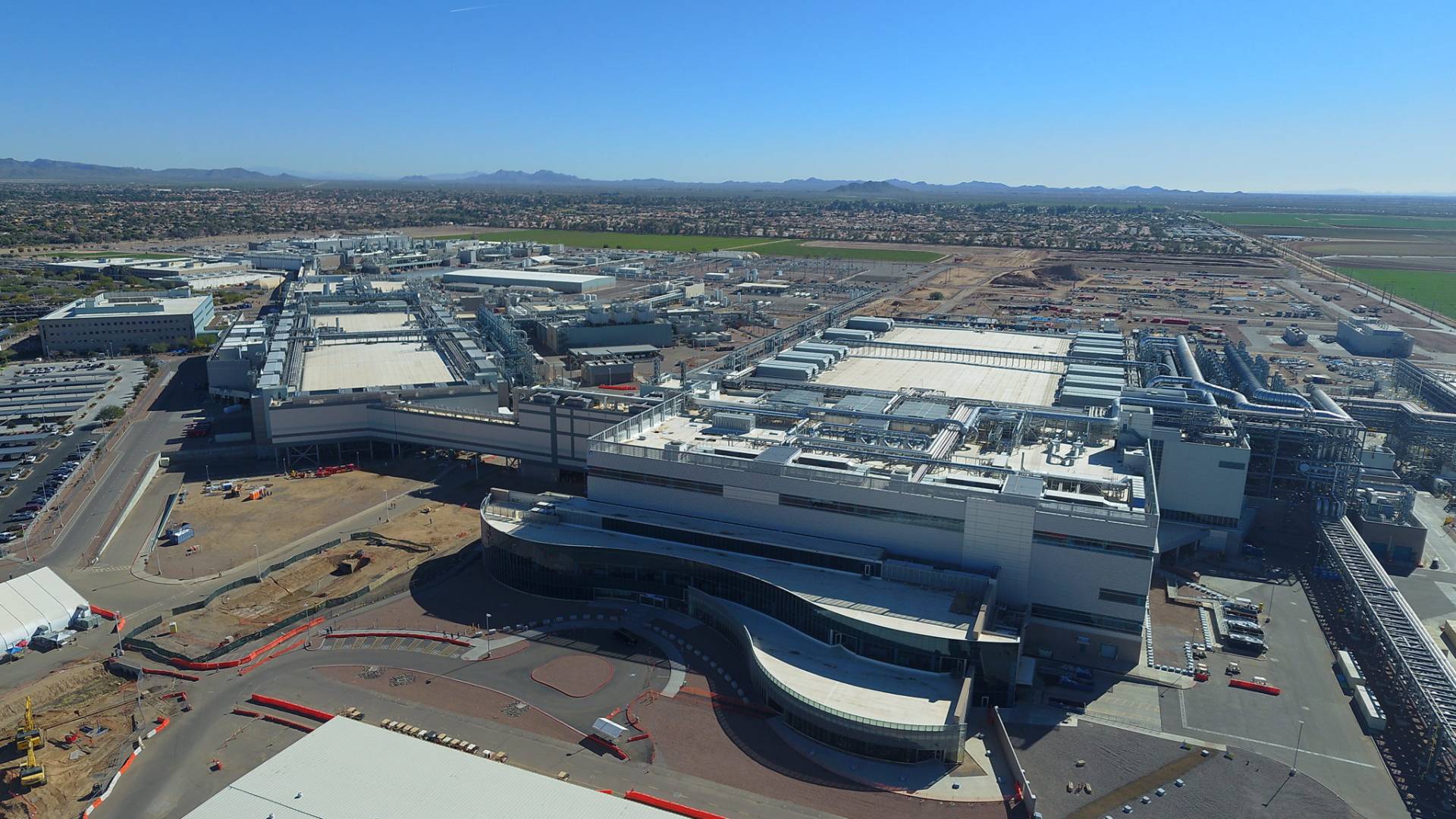Tech
US moves to exempt chip giants’ fabs from Fed rules

Analysis The multibillion-dollar gamble of Intel and other semiconductor industry players on US-based chipmaking is shaking a lot more than just technological trees – it seems set to give America’s power infrastructure a bit of a headache.
Intel and rivals including TSMC are fast-tracking plans for advanced fabs on US soil, all thanks to the 2022 Chips and Science Act, with semiconductor and electronics companies announcing “over $400 billion” investments in domestic semiconductor production and R&D. And US politicians are doing all they can to help.
A bill currently underway [PDF], allowing a federal permitting exemption for chip makers so they can sidestep environmental reviews and lawsuits that delay factory construction, is reportedly headed to President Joe Biden’s desk for approval.
It’s great for American manufacturing, but potentially sidestepping those rules won’t matter if the chip giants can’t solve an often-overlooked problem: power – not just any power, but the very specific kind chipmakers need to avoid a catastrophic meltdown: direct current (DC).
The big question is can the US power infrastructure handle that surge? Spoiler alert: probably not.
It’s not just Intel and TSMC facing this power issue, the entire semiconductor manufacturing ecosystem requires stable and precise DC power. All those fancy machines – lithography systems, ion implanters, etching tools, all require a steady stream of DC juice. One tiny fluctuation and you’re looking at a huge multi-million-dollar disruption.
The US grid wasn’t built purely with DC power in mind. Like grids over the world, it’s optimized for AC transmission. While DC systems work well in specific industrial settings, scaling them up for something as huge as chip fabs is not so easy.
Build fabs, build power stations
If the chip giants want their shiny new fabs to actually work, they are going to have to fork out big time on making DC infrastructure upgrades. We’re talking new substations, more converter capacity, and retrofitting existing systems – which isn’t cheap.
An insider close to Intel’s operations who spoke to The Register hinted the company’s already courting power utilities. “This isn’t something you solve overnight,” they said. “If Intel’s going to hit production timelines, it has to build the power grid alongside the fabs.”
DC infrastructure delays won’t just put the brakes on Intel’s production; they’ll also jeopardize all of those juicy federal incentives. Judging by the stop-start situation Intel is facing in Germany, this could be pivotal in the US if Intel wants to start construction by the end of 2024.
Renewables to the rescue? Sort of
The silver lining in all this is renewable energy. Solar and wind produce DC power natively, making these sources easier to integrate into chip fabs than AC-generated power. The Skyhawk Solar project could generate up to 100MW of energy to feed Google’s datacenters, for example. And, of course, Intel’s happy to remind us that it’s all about sustainability these days, promising green energy solutions in its operations, as showcased during its Sustainability Summit earlier this year.
In theory, coupling renewables with DC distribution could kill two birds with one stone: help to save the planet and meet Intel’s power needs. Unfortunately reality’s a bit harsher. Renewable infrastructure upgrades are going to need a lot of work. So really, there are no quick fixes.
The environmental elephant in the room
As if the power problem wasn’t enough, Intel’s fab expansion, specifically, is already stirring up controversy with environmental groups. Semiconductor manufacturing is notoriously energy-guzzling, and that means emissions. Lots of them. Greenpeace has been particularly vocal about manufacturers’ environmental impacts, pointing out that fab operations can be anything but eco-friendly.
Some critics argue that the potential new federal legislation that fast-tracks semiconductor construction by dodging all of those vital environmental reviews could be bad news. In other words, you get your fab, but you might just leave a trail of carbon footprints that equate to the size of Texas.
Let’s not forget the looming question: will mega-fabs overload the local power grids, especially the already shaky DC infrastructure? The rising energy demands of AI processing have already started pushing electrical systems to their limits. Cue the collective groan of all the policymakers who thought this whole thing would be easy to facilitate.
Big plans, bigger problems
The US’s bet on domestic semiconductor production is part of a grand strategy to cut dependence on Asian chip suppliers (yes, Taiwan, we’re looking at you). It’s a vital move for national security and economic stability, or so the thinking goes. While the Chips Act funding is pivotal for American manufacturing, the critical DC power gap cannot be ignored.
Without a robust power infrastructure in place, the ambitious plans of Intel and co could face unexpected delays and spiralling costs. The real question is whether America’s power grid can keep pace with that vision. For now, it’s a bet which not only relies on semiconductor manufacturing, but also on the capability of the US grid to sustain the power growth needed to make it happen. ®










